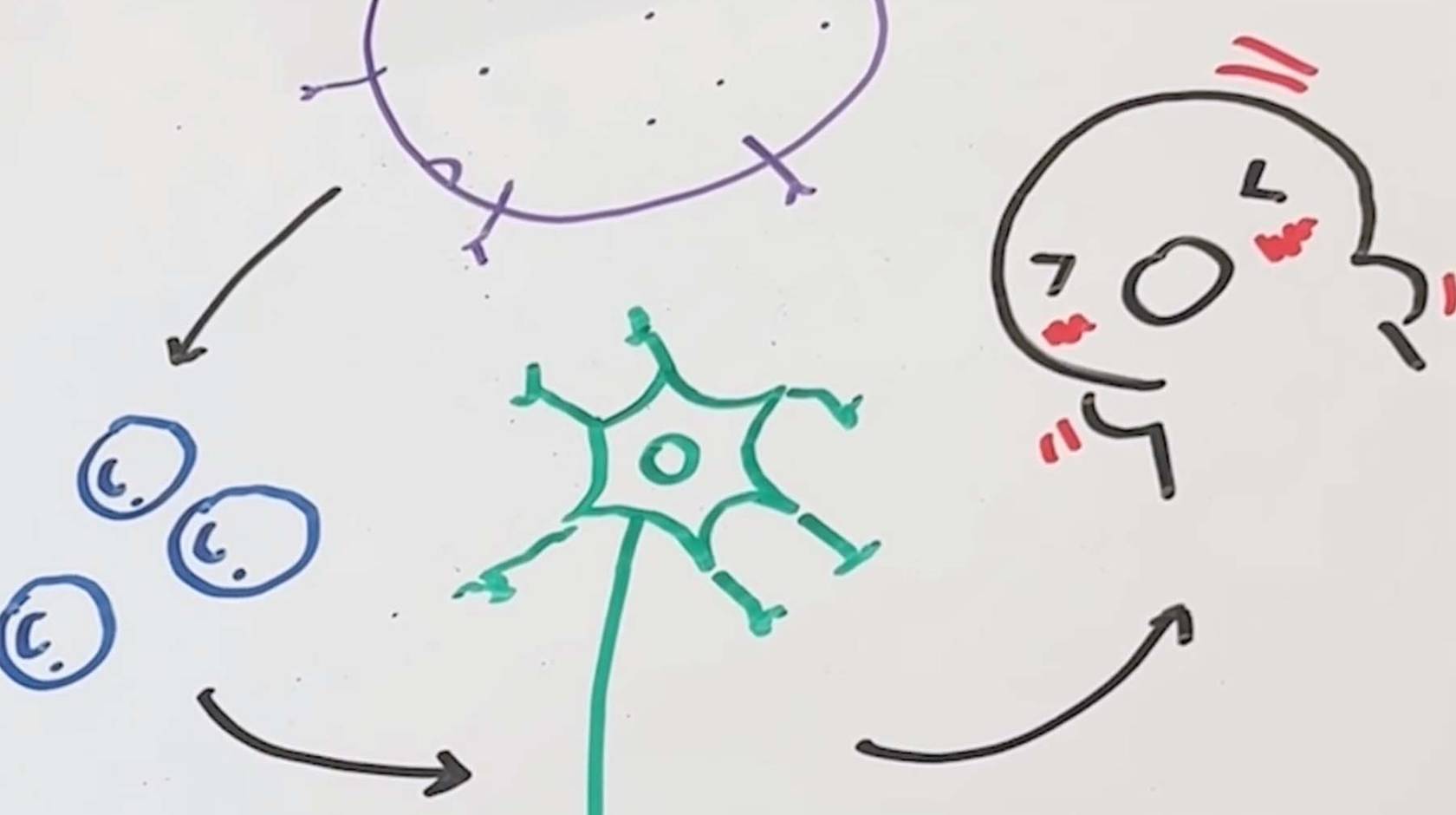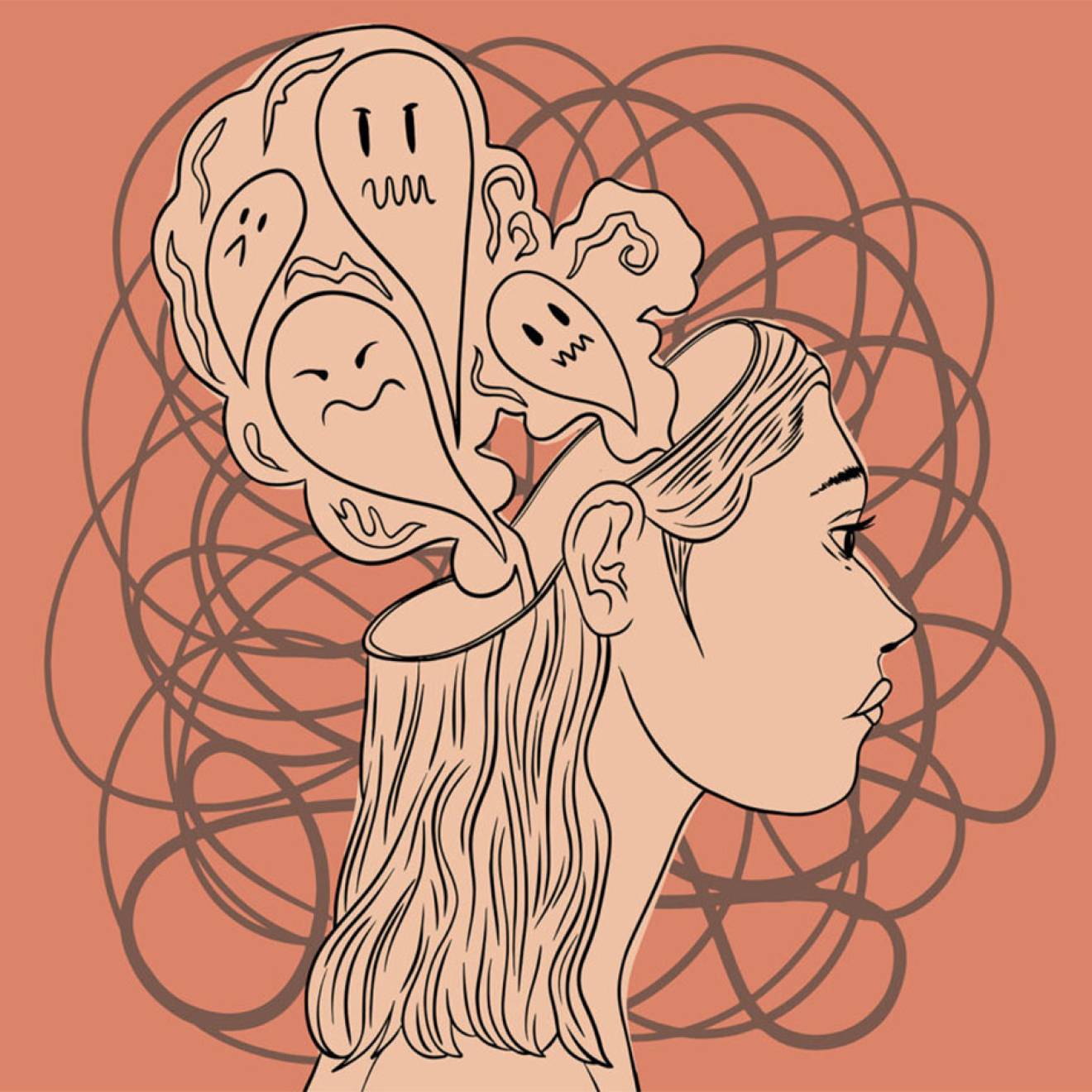Levi Gadye, UC San Francisco

It can be a relief to scratch the occasional itch, but when itch gets out of control, it can become a serious health problem. How does the body know when to stop?
Scientists at UC San Francisco are getting close to an answer. In a breakthrough that could transform how doctors treat conditions from eczema to allergies, they have discovered a feedback loop centered on a single immune protein called IL-31 that both causes the urge to itch and dials back nearby inflammation.
The findings, published on Oct. 13, 2023, in Science Immunology, lay the groundwork for a new generation of drugs that interact more intelligently with the body’s innate ability to self-regulate.
Previous approaches suggested that IL-31 signals itch and promotes skin inflammation. But the UCSF team discovered that the neurons that respond to IL-31, triggering a scratch, also prevent immune cells from overreacting and causing more widespread irritation.
“We tend to think that immune proteins like IL-31 help immune cells talk to one another, but here, when IL-31 talks to neurons, the neurons talk right back,” said Marlys Fassett, M.D., Ph.D., UCSF professor of dermatology and lead author of the study. “It’s the first time we’ve seen the nervous system directly tamp down an allergic response.”
The discovery could eventually change how asthma, Crohn’s and other inflammatory diseases are treated, due to IL-31’s presence throughout the body.
“IL-31 causes itch in the skin, but it’s also in the lung and in the gut,” said Mark Ansel, Ph.D., UCSF professor of immunology and senior author of the study. “We now have a new lead for fighting the many diseases involving both the immune and nervous systems.”
More than an itch
IL-31 is one of several “itch cytokines” because of its ability to instigate itch in animals and people. Fassett, a dermatologist and a researcher, has wanted to know why since she arrived at UCSF in 2012, a few years after its discovery. She reached out to Ansel, a former colleague and asthma expert who welcomed her into his lab.
First, Fassett removed the IL-31 gene from mice and exposed them to the house dust mite, a common, itchy allergen.
“We wanted to mimic what was actually happening in people who are chronically exposed to environmental allergens,” Fassett said. “As we expected, the dust mite didn’t cause itching in the absence of IL-31, but we were surprised to see that inflammation went up.”
Why was there inflammation but no itching? Fassett and Ansel found that a cadre of immune cells had been called into action in the absence of the itch cytokine. Without IL-31, the body was blindly waging an immunological war.
A balance of forces
Ansel and Fassett then homed in on the neurons in the skin that received the IL-31 signal. They saw that the same neurons that spurred a scratch also dampened any subsequent immune response. These neurons were integral to keeping inflammation in check, but without IL-31, they let the immune system run wild.
The findings squared well with what dermatologists were increasingly seeing with a new drug, nemolizumab, which blocked IL-31 and was developed to treat eczema. While clinical trial patients found that the dry, patchy skin of their eczema receded on the drug, other skin irritation, and even inflammation in the lungs, would sometimes flare up.

Marlys Fassett, M.D., Ph.D., UCSF professor of dermatology
“When you give a drug that blocks the IL-31 receptor throughout the whole body, now you're changing that feedback system, releasing the brakes on allergic reactions everywhere,” Ansel said.
Fassett and Ansel also found that these neurons released their own signal, called CGRP, in response to the itch signal, which could be responsible for dampening the immune response.
“The idea that our nerves contribute to allergy in different tissues is game changing,” Fassett said. “If we can develop drugs that work around these systems, we can really help those patients that get worse flares after treatment for itch.”
Fassett recently founded her own lab at UCSF to tease apart these paradoxes in biology that complicate good outcomes in the clinic. And Ansel is now interested in what this itch cytokine is doing beyond the skin.
“You don't itch in your lungs, so the question is, what is IL-31 doing there, or in the gut?” Ansel asked. “But it does seem to have an effect on allergic inflammation in the lung. There’s a lot of science ahead for us, with immense potential to improve therapies.”

